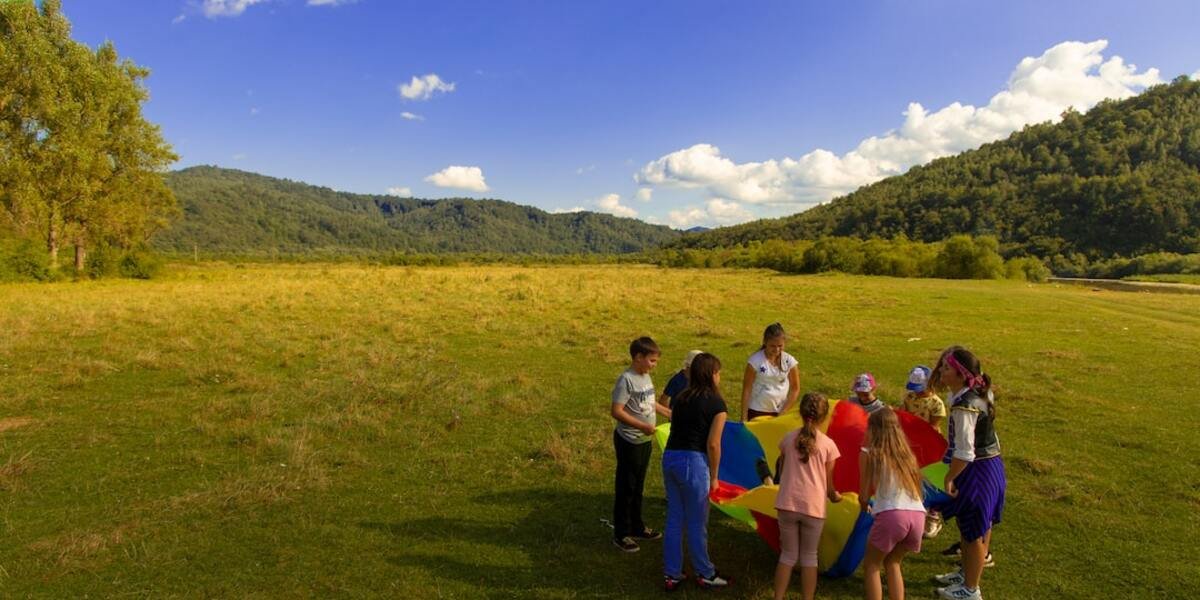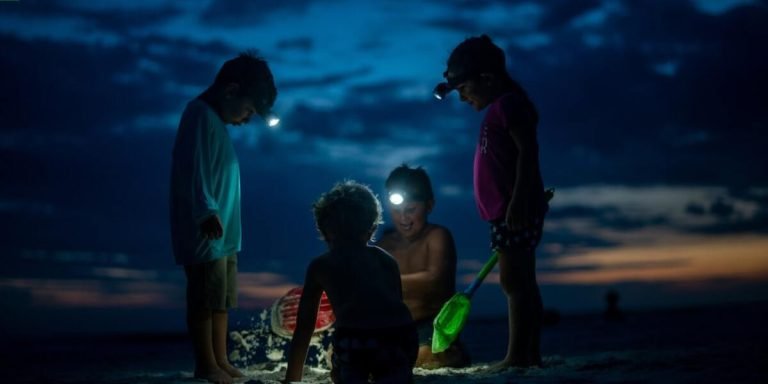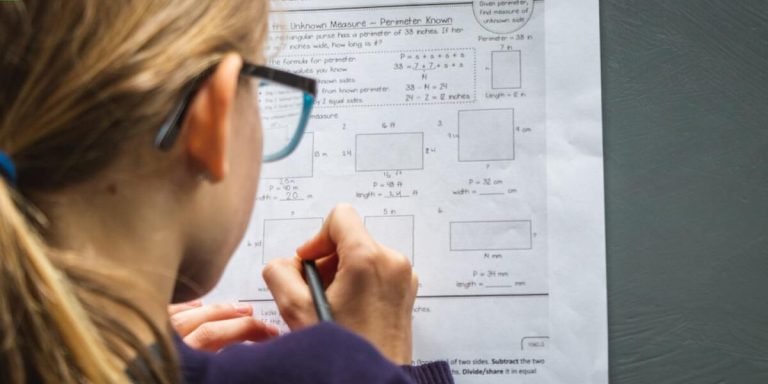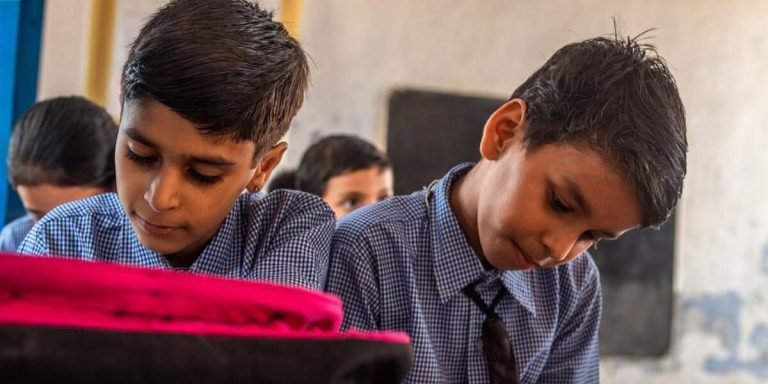Montessori Toys for 3 Year Olds: Encouraging Independent Learning and Development
Exposing young minds to the right learning environment is a stepping stone to their future success. For parents and educators yearning for an effective approach, Montessori toys for 3-year olds provide the best toolkit. These innovative tools are not only educational but also encourage independent development in tots.
Montessori theory has long been recognized as one of the most beneficial teaching methods, aiding children’s active engagement with tangible items that stimulate both creativity and logical reasoning skills. Specifically designed keeping toddlers’ cognitive abilities in mind, these toys play indispensable roles on crucial aspects such as sensory perception enhancement, motor skill development along with contributing towards making education a fun-filled journey rather than just mundane routine work.
Did you know?
Did you know that Maria Montessori, the founder of the Montessori method, believed toys should be reality-based to help children learn practical skills? This principle makes a 3-year-old capable of performing activities like sorting shapes or lacing beads which nurture their cognitive development and independence.
The Importance of Age-Appropriate Toys in Early Childhood Development
Montessori toys play a critical role in the early development and education of children. They are carefully designed to promote active learning, fostering independent thinking while encouraging curiosity. The focus is specifically on ‘age-appropriate’ Montessori toys for 3 year olds, attesting to their immense relevance in shaping cognitive abilities at this crucial age.
Selecting the right educational tools is a vital step towards ensuring your child’s overall growth and skills enhancement during these formative years. With an array of options available today (2023), it may seem overwhelming deciding which toys will optimally serve both as fun recreational objects and helpful developmental aids.
The increased emphasis on tailored applications means that not all educational resources are suitable across ages or stages of childhood development – hence, emphasizing using aptly chosen Montessori inspired sensory rich wooden materials for three-year-olds comes into place here – they help foster creativity & problem-solving capacities while promoting motor skill advancement.
Such thoughtful engagement with context-specific pedagogical resources significantly supports young ones navigate through self-discovery processes by boosting multi-faceted mental stimulation; thus effectively enabling them hone essential life skills from their earliest days itself!
Selecting the Right Montessori Toys for 3-Year-Olds
As we peel back layers on this topic’s significance, we find that age-appropriate toys help children unlock their potential at different developmental stages. This is especially true during early years when playfulness and learning go hand in hand.
Parents or caregivers looking to enhance this formative period with smart choices should consider these important factors:
1) “Hands-On” Approach: The cornerstone philosophy behind Montessori education is promoting hands-on experiences. Therefore, choosing manipulative toys like wooden puzzles or shape sorters empowers toddlers’ spatial reasoning and problem-solving skills.
2) Realistic Play Objects: Think about incorporating everyday items into your child’s toy selection – mini broom sets or pretend kitchen utensils are great examples! Such realistic play objects foster independence while making chores fun!
3) Skill Enhancing Choices: Look for options such as threading beads or letter tracing boards which stimulate fine motor skill enhancement along with tactile sensation appreciation.
4) Creativity Boosting Picks: Encourage imagination by opting for open-ended creative stimuli like building blocks where kids freely design structures from scratch!
5). Reflective Of Child’s Interests – Preferences matter; if your toddler shows keen interest towards music over art perhaps musical instruments would be more engaging than colour palettes?
Understanding the Impact of Toy Design on Learning Outcomes
Montessori toys for 3 year olds are more than just a fun pastime. They play an essential role in contributing to early childhood learning outcomes, especially when considering the design of these educational tools.
The very nature of toy designs greatly impacts how children engage with and learn from them. For instance, Montessori toys are designed on self-correcting principles that promote experiential learning. These not only make playtime enjoyable but also facilitate cognitive development processes such as problem-solving skills and critical thinking ability.
A well-designed Montessori toy for a three-year-old is likely to stimulate curiosity and interest due to its interactive features – be it bright colors or varied textures – thus encouraging exploration which is key at this developmental stage. Such interaction boosts sensory motor developments indirectly teaching them about cause-and-effect relationships.
Furthermore, age-appropriate toys take into account the child’s capability level rather than overwhelming them with complex tasks beyond their comprehension limit. This ensures they remain interested in what they’re doing without feeling frustrated or bored leading to increased attentiveness hence better absorption of concepts being learned during playtime.
Enhancing Sensory and Motor Skills with Montessori Materials
In the realm of early childhood education, Montessori toys play a crucial role in young children’s development. Particularly for 3-year-olds, these materials are designed to stimulate their senses and enhance motor skills dramatically. The beauty of incorporating Montessori toys into your child’s daily routine lies not only in its inherent fun but also because it encourages self-directed learning—a key underpinning principle within the philosophy of Dr Maria Montessori.
Montessori developed her educational methodology around fostering independence and promoting natural growth through experiential learning where hands-on use helps nurture cognitive faculties. It’s this premise that makes the practical application so advantageous when using things like shape sorters or stacking towers—popular as they cater perfectly towards fine-tuning spatial awareness whilst offering ample opportunities to problem-solve independently.
As we set foot further into 2023, modern advancements have led us onto an array of refreshing options that go beyond just wooden beads on wire frames. From sandpaper letters initiating them subtly towards literacy by creating tactile memory traces on little fingers or sensorial objects engaging visual discrimination with gradations; today’s range proves remarkably effective in developing sensory perception alongside basic motor abilities.
How Montessori Toys Promote Hands-On Learning
Montessori toys for 3 year olds, designed meticulously with a child’s development in mind, have been making waves in early childhood education. Playing more than just the role of fun activities to keep children engaged; these educational materials are expertly crafted to promote hands-on learning.
Children at this age are naturally curious and receptive learners. They learn by touching, holding, and interacting directly with their environment. Montessori toys encourage such active participation that fosters cognitive skills alongside sensory and motor skill development.
For instance, consider shape-sorting cubes or building blocks – two prime examples of Montessori materials often used for teaching kids below the kindergarten level. These allow little ones not only to recognize different shapes but also help them improve hand-eye coordination as they pick up pieces and try fitting them into designated slots.
Puzzles represent another exciting category within montessori toys for 3-year-olds that boost problem-solving abilities while enhancing fine motor skills. By trying various combinations until they find one that fits perfectly together encourages strategic thinking – an essential life skill taught very subtly yet effectively here!
Then there is counting rods which offer numeracy guidance on multiple levels starting from numbers identification down to simple arithmetic operations like addition or subtraction — all through physical manipulation leading towards better grasp over abstract concepts later on when dealing mathematically complex challenges!
The Role of Texture, Shape, and Color in Child Development
Understanding the concept of texture, shape, and color plays a crucial role in children’s cognitive development. For parents seeking to promote early childhood education at home, Montessori toys for 3 year olds provide an effective solution.
Montessori teaching strongly emphasizes sensory learning. By exposing youngsters to different materials with varied textures such as rough or smooth, hard or soft they learn about their world through touch. This practical task enhances hand-eye coordination along with fine motor skills which are vital for activities like writing later on.
Moreover incorporating colorful toys adds another layer of stimulation during playtime sessions that aid visual development significantly too! A variety of shades not only make games more interesting but teach kids about colors around them- facilitating recognition and comprehension processes essentially setting basis communication eventually.
Incorporate Montessori materials into your three-year-old’s daily routine with these steps:
1) Sorting Games: Use mixed batches of textured objects asking little ones sort according properties.
Fostering Cognitive Growth through Playful Education
Harnessing the power of play in a child’s formative years has never been more critical than it is today. Playful education, particularly with Montessori toys designed for three-year-olds, can significantly foster cognitive growth and development.
The insightful approach that shapes Montessori pedagogy places a keen emphasis on creativity, exploration and independence. These principles resonate profoundly within early childhood education strategies worldwide in 2023. Parents are increasingly seeking out ways to stimulate their little ones’ minds constructively without curbing their natural curiosity or dampening their inherent desire to learn about the world they inhabit.
Montessori toys designed specifically for three-year-old children provide an array of benefits from improving motor skills through tactile experiences like stacking blocks or threading bead sequences, refining visual discrimination by color sorting games or jigsaw puzzles that enhance spatial understanding; all while fostering linguistic capabilities via interactive storytelling activities.
Moreover these ‘edutainment’ tools serve as instruments of joyful learning which not only intrigue young brains but also infuse enthusiasm towards new challenges thus honing problem-solving aptitude effortlessly.
Building Foundations for Math and Language with Educational Playthings
For a child, play is natural. It’s their way of exploring and understanding the world around them. By integrating learning into this innate activity through educational toys like “montessori toys for 3 year olds”, we can help children build strong foundations in key areas such as math and language.
Engaging with montessori toys that are designed to foster cognitive growth helps kids comprehend complex concepts better from an early age. For instance, wooden blocks might be seen simply as a toy to some; however, they introduce young minds to various shapes helping define spatial relationships which lays down groundwork for geometry potentially.
Furthermore, these very same block activities also involve counting, comparing sizes or lengths – all rudimentary but crucial aspects vitalizing mathematical thinking at its earliest stage!
Montessori-based puzzles too serve multiple purposes: not only do they bolster problem-solving abilities but enhance motor skills by requiring careful manipulation of pieces – another essential attribute in child development.
Now consider language acquisition alongside these innovative tools! The process becomes easier when words get tied up with visually enticing objects – exactly what Montessori figure-and-letter sets offer practically.
A three-year-old identifying letters while manipulating tactile alphabets inherently leads towards improved letter recognition; ultimately preparing him/her far ahead than simple rote memorization would ever allow.
Encouraging Problem-Solving Abilities with Structured Play Options
To foster cognitive development in toddlers, encouraging problem-solving skills often proves beneficial. Montessori toys for 3 year olds are particularly successful at honing these capabilities as they provide a playful yet structured environment that promotes independent thinking.
Montessori education values the power of hands-on learning and presents children with opportunities to learn through play. Incorporating such teaching methods can stimulate young minds and pave the way towards their academic success.
One of these strategies includes playing with puzzles – an exciting option for your toddler’s curious mind. Solving puzzles not only entertains them but also sharpens mental agility by challenging them to discover various combinations or recognize patterns while putting together puzzle pieces.
Building blocks represent another superb choice when choosing Montessori toys for 3-year-olds. Blocks introduce different shapes, colors, and sizes to kids, aiding their visual-spatial understanding skillfully wrapped around fun-filled activities.
Memory games serve dual purposes – enhancing memory recall along with providing hours of enjoyment. These simple card-matching games promote enhanced concentration levels and improved memorization abilities among youngsters.
Furthermore, consider incorporating role-playing games into your child’s routine using dollhouses or kitchen sets designed specifically as Montessori resources. Such pretend-play options aid in fostering social interaction skills besides promoting cognitive growth.
Lastly on our recommendation list is introducing counting tools like stackable rings or number rods which help in developing mathematical competencies from a tender age itself underlining the importance attached by the montessories worldwide about its significance.
Conclusion
Finding the right Montessori toys for 3 year olds need not be a herculean task. With an understanding of your young one’s developmental needs and stages, you can equip them with tools that foster creativity, boost intellectual growth, and nurture their independence.
We hope this guide has been instrumental in helping you choose perfect educational aids for your little scholars. Remember, we have more content on our website about childhood education to help parents and educators like yourself understand better how to mould curious minds at every stage. You’re doing fantastic already!
Let us continue being part of your journey towards raising independent learners.







